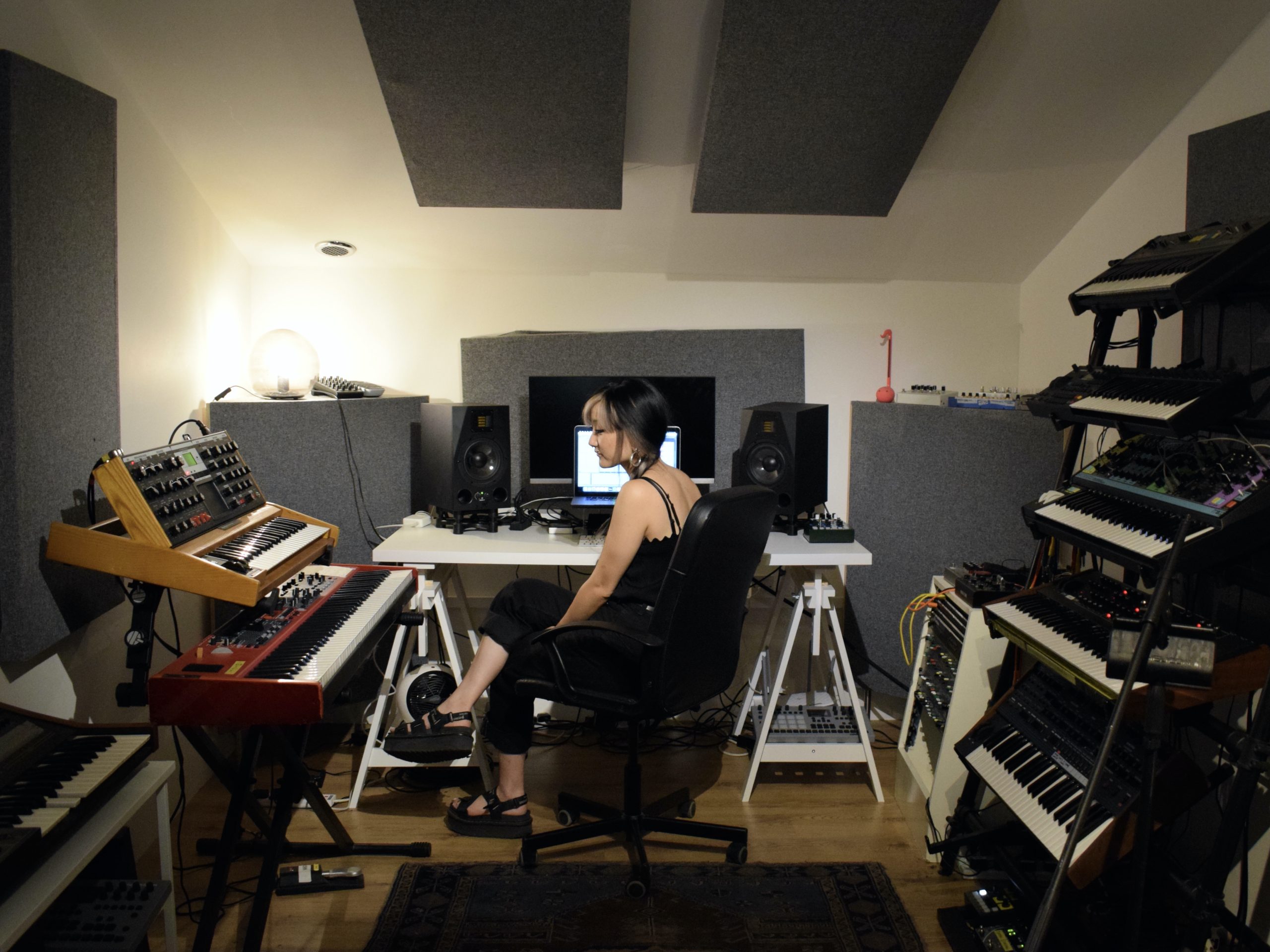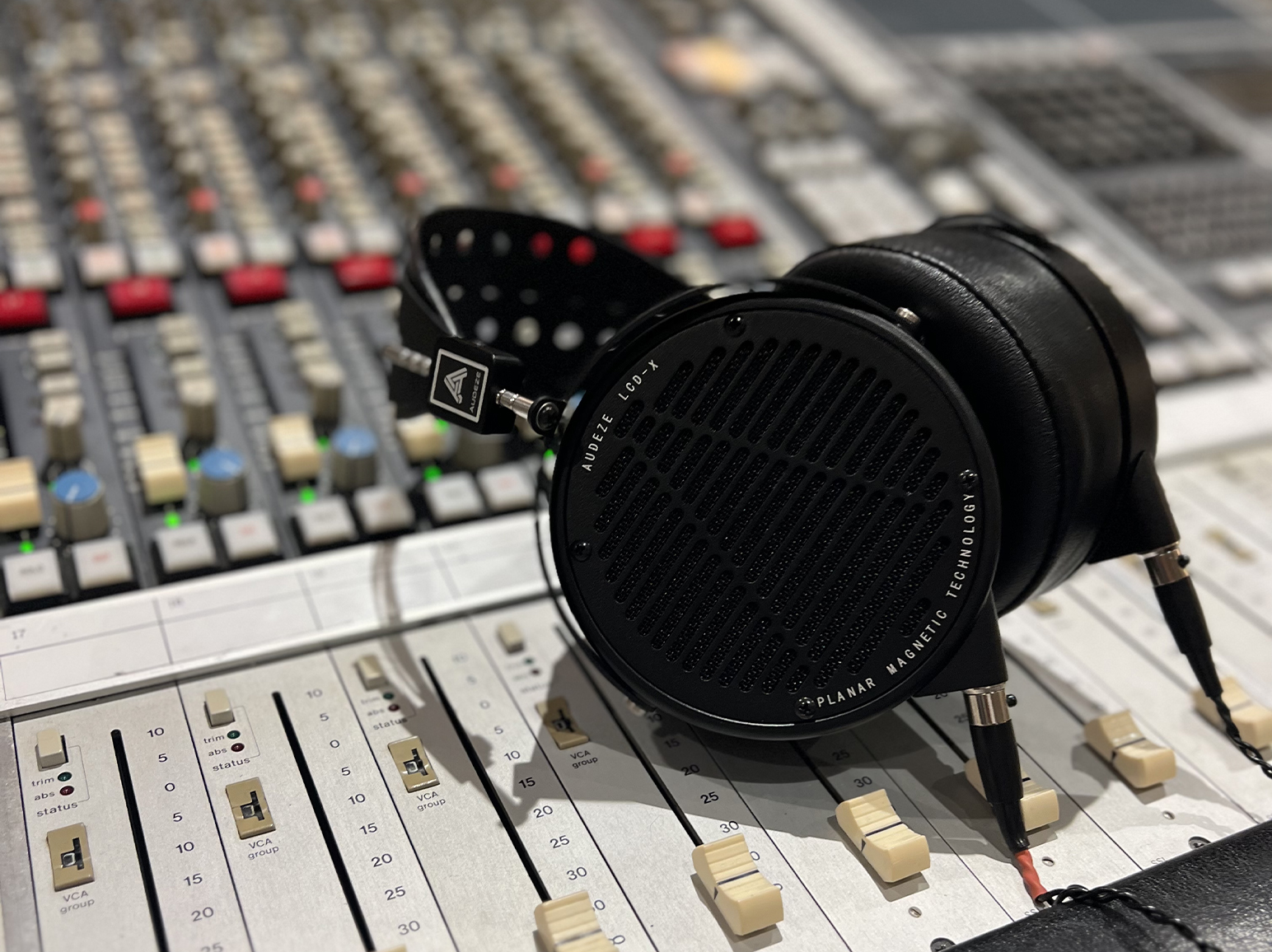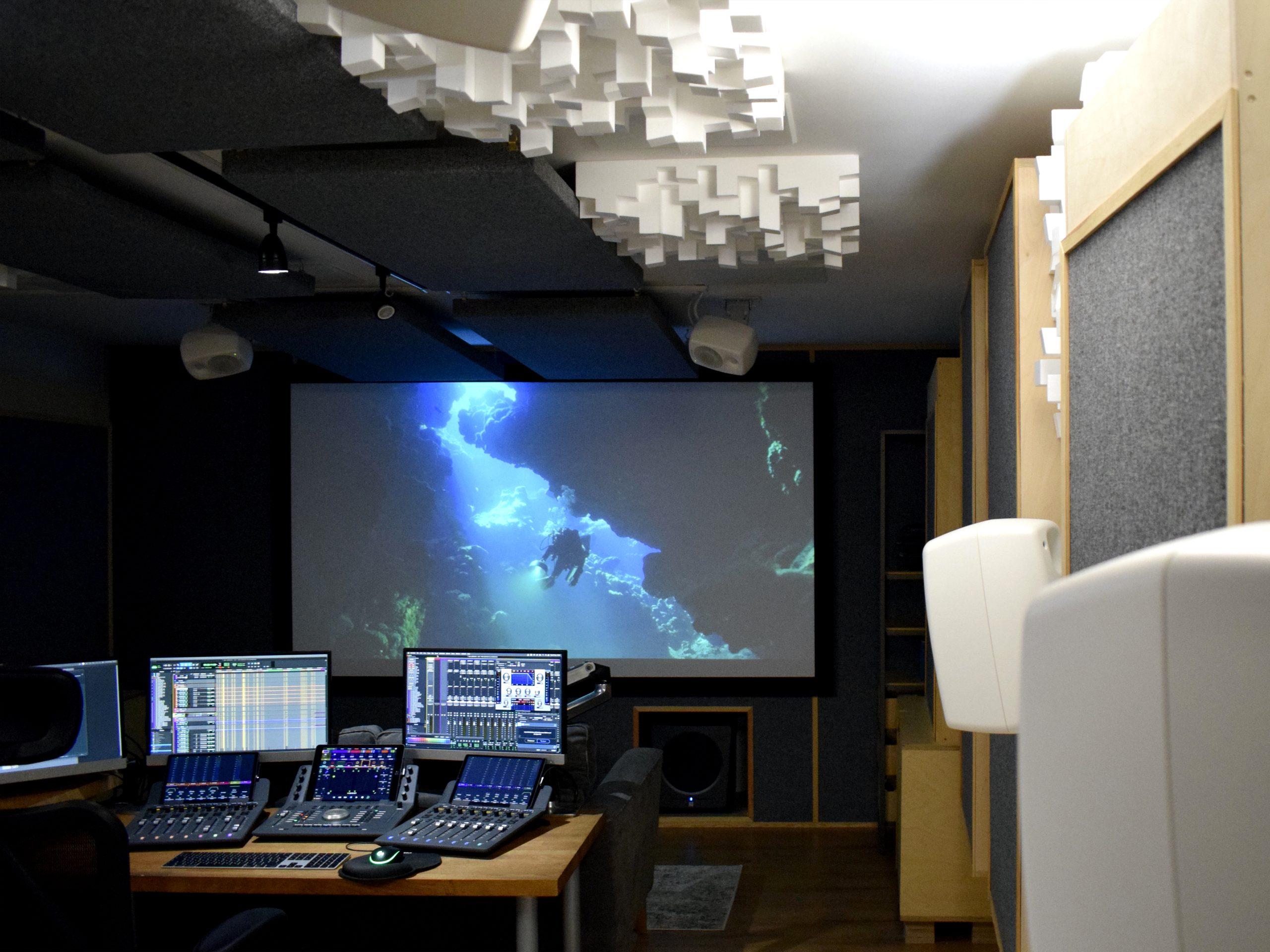
SoundNode
Introducing SoundNode, a company providing a full range of sound services for film, broadcast, multimedia and other audio-visual programs. They have worked behind the scenes on countless amazing projects such as for The Sir David Attenborough Green Planet AR Experience, music videos by artists such as Rita Ora and Childish Gambino, as well as clients including Adidas, and Gucci.
SoundNode integrates all the various stages of capturing and editing audio all within one team, under one roof. Providing any combination or the entire range of sound services necessary to make your production sound amazing. “I’m a big fan of SoundNode. Since discovering them 5 years ago, I’ve used them for location sound recording and audio post across multiple projects. Their audio skills are second to none.” Becci Ride, Producer/Production Manager – Disney, Formidable Media.
Exciting developments have been underway in their Ten87 Markfield Road studio, where a brand new Dolby Atmos set up has been installed. We were lucky enough to go down and have a peak during the installation process, and to see the final install. We spoke to SoundNode about some of their work and this fantastic new technology they have acquired.
Can you tell us a bit about SoundNode and the work you do?
In SoundNode we are a company made of a friendly and professional team of sound engineers who specialise in providing the full range of sound services for audio-visual productions. We pride ourselves in providing services of excellent quality and doing so with a friendly and creative approach, no BS, just loving what we do.
We offer both the on-set sound recording as well as the entire range of audio post-production services up to final mix and deliverables. In doing both we can make sure that the entire sound of a production can be taken care of under one roof, thus being able to maintain the best quality and creative direction throughout the entire process.
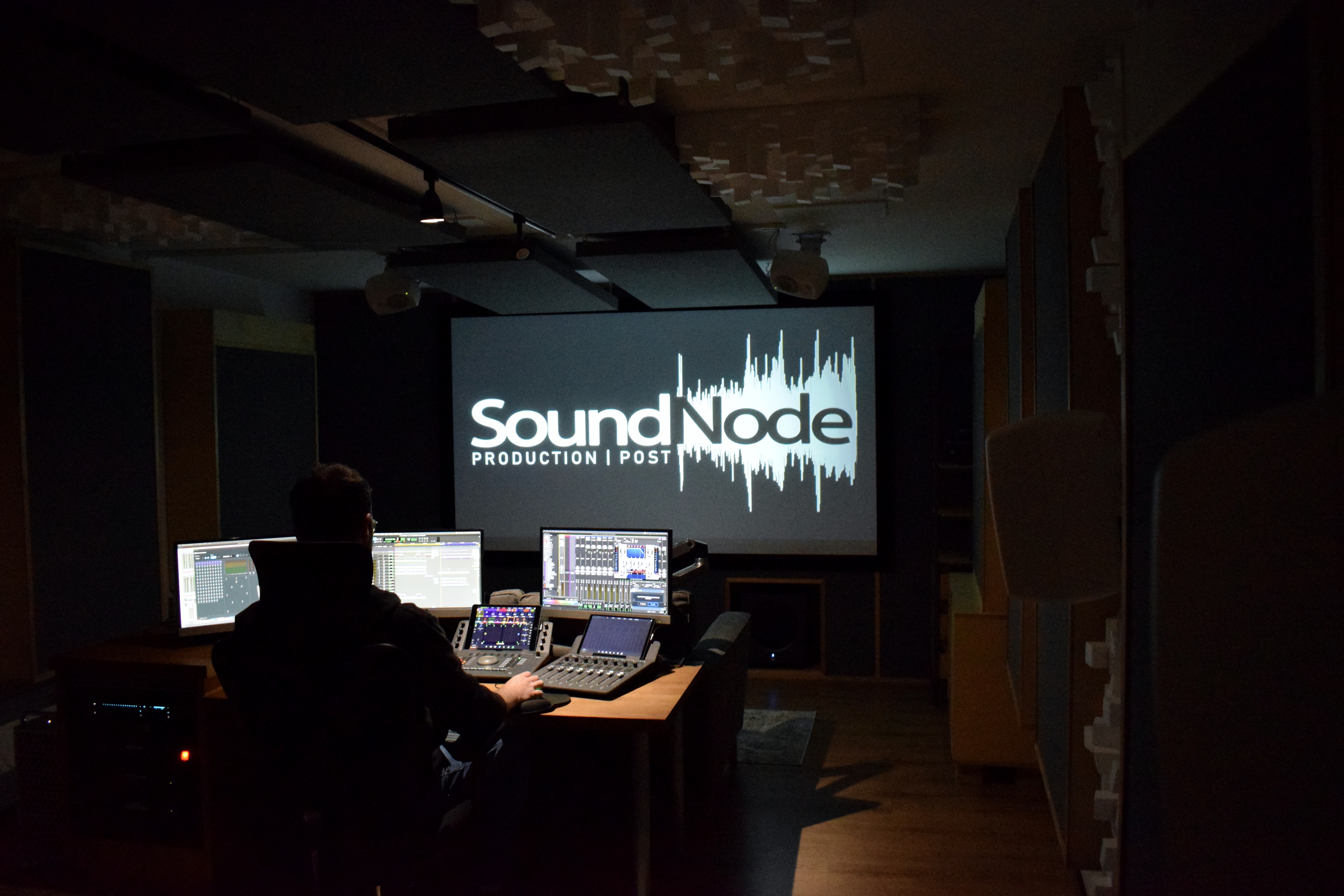
What are some of the favourite projects you’ve worked on?
This is a tough one as many jobs have been really exciting in very different ways. The content we work on is hugely varied and it ranges from Online Short Commercial/Corporate content to long form factual content, Theatrical Feature Films and TV/Streaming Series. So really the full roster of programs, all with their own thrills and challenges.
The projects we usually enjoy most are longer ones where we truly can bring the SoundNode experience of taking care of all things sound from beginning to end, being involved during the conception phase, to the shoot, and all the way until bouncing out the final mix. The vast majority of our work is part of a bigger collective effort with many departments who all add their contribution to the project and we thrive a lot in this collaborative environment. So our favourite projects are the ones where this collaboration is truly even, fruitful and creative. Often we have long established friendly and personal relationships with the people we work with and for – thus we might also favour projects where it feels like you are working with a bunch of old friends.
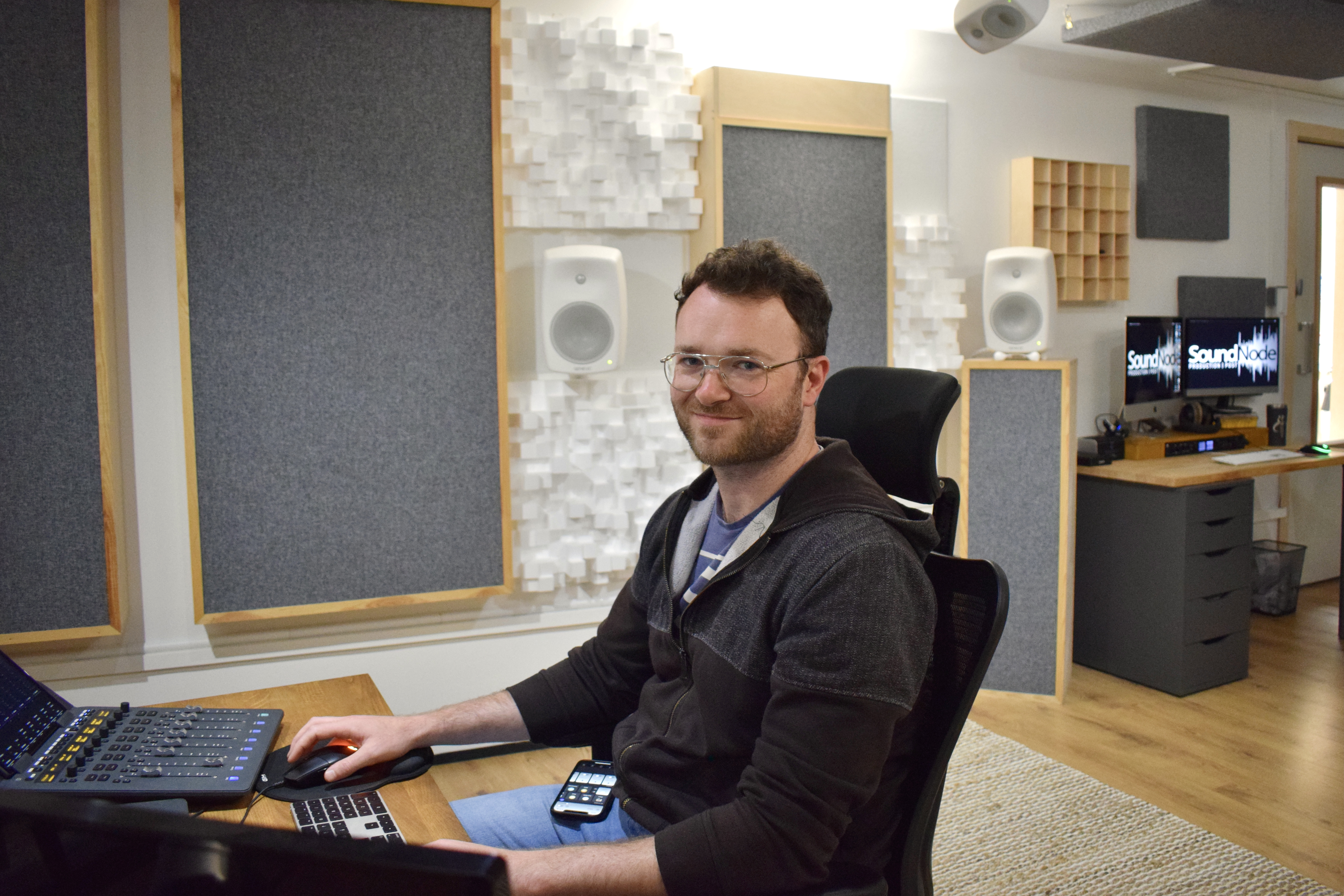
How has the installation of the Dolby Atmos system into your studio here at Ten87 been?
Atmos is still a quite new technology and as with every new technology there are some challenges in the install and setup. We already had a 7.1 setup before and the step up to 7.1.4 might seem small but due to various implications on the technical side and the workflows we did end up replacing the entire surround speakers system, our controllers, main monitoring controller, speaker calibration and main audio interface. But coming from 7.1, at least the general layout of the room and the majority of wiring and installation was there.
For this installation we have opted for a 7.1.4 system based around the Avid MTRX Studio interface which allow us to have a fully calibrated and time-aligned system through the DADman software, Focal Trio6 Be 3-way speakers for the front channels for excellent clarity and definition, full range Genelec 8040’s for the horizontal surrounds, bass managed Genelec 8020’s for the ceiling channels, and a JBL sub.
We also had to adjust and improve the acoustics as we now have more point sources in the room triggering sound from the ceiling downwards which was not the case before. So we opted for a combination of additional skyline diffusors and broadband absorption to be able to control the reflections without making the room sound dead or dry. This coupled with our existing 110″ acoustically transparent projection screen really creates an exceptional listening environment.
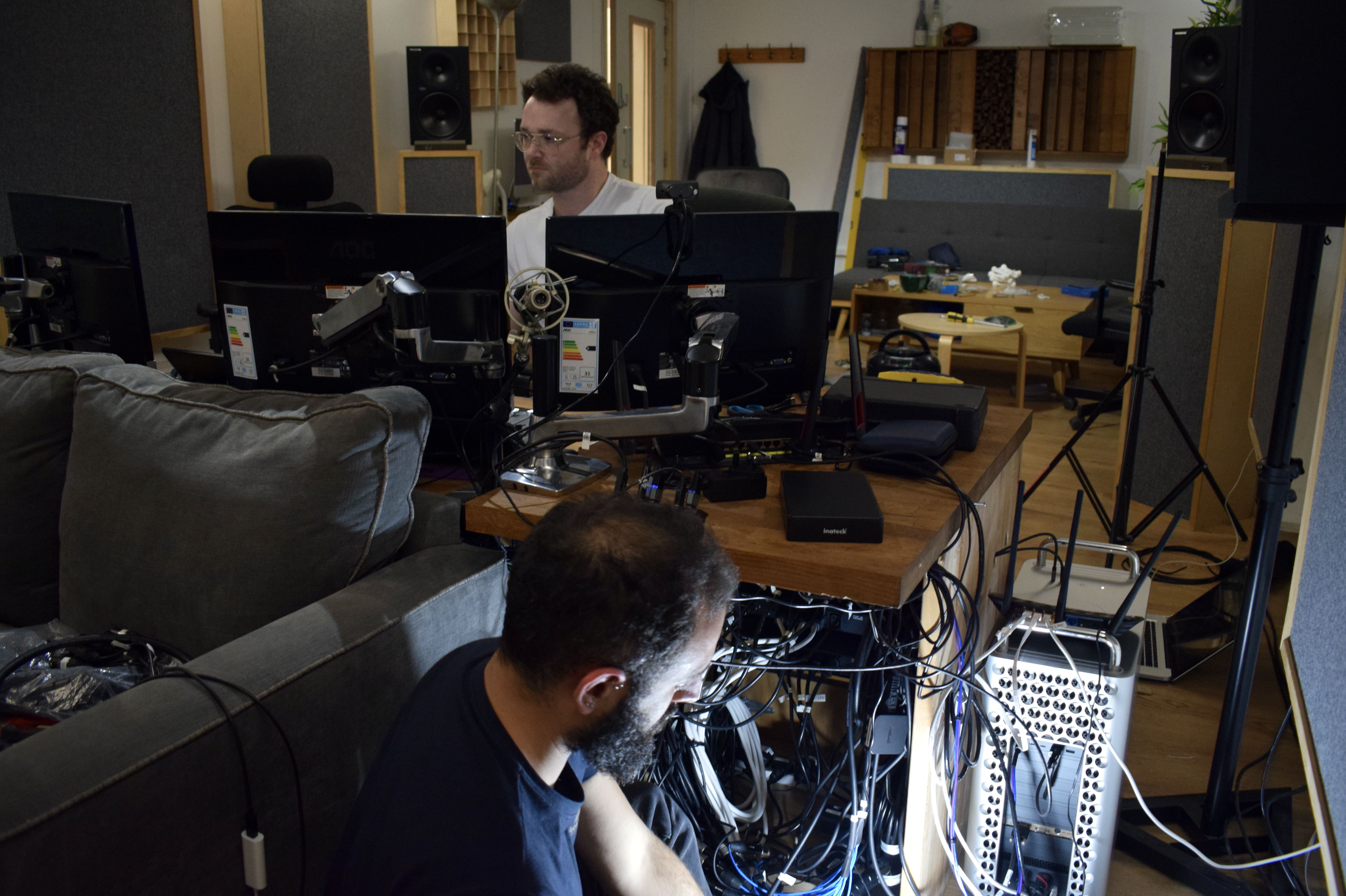
What are the main features of this new technology?
Basically since the 1930’s – when stereophonic sound and even rudimentary forms of surround sound were first being experimented with – we have been panning in the same way: the pots controlled how much level to send to one or the other speaker. This was the same for the digital surround sound formats such as 5.1 and 7.1, which became more popular in the 90s, but just with more speakers. The issue with this is that, as it was a fixed level to each speaker, if the speakers in different listening environments were placed in different positions to the original one, it would result in the intended panning of the source being affected. And we all know that every room and setup is different, thus we were left with either playing it fairly safe in terms of using the surround field or living with the fact that “bold” panning that might sound cool in the sweet spot of one listening room might be not working so well for a viewer sat in a different room.
Dolby Atmos revolutionises this, as it is not just a system of more speakers around and on top of you, but it also changes the way we can pan the ‘Objects’ within the space. In Dolby Atmos, we move ‘Objects’ to a position in space and it is the Renderer that then decodes what level it needs to send to each speaker for that ‘Object’ to be reproduced from that position based on the room and speaker setup that you have. The more speakers you have, the more accurately these positions can be reproduced, but the system allows you to go down to stereo and do a binaural render to make sounds come from all around you just while wearing headphones (with each system’s limitations that is).
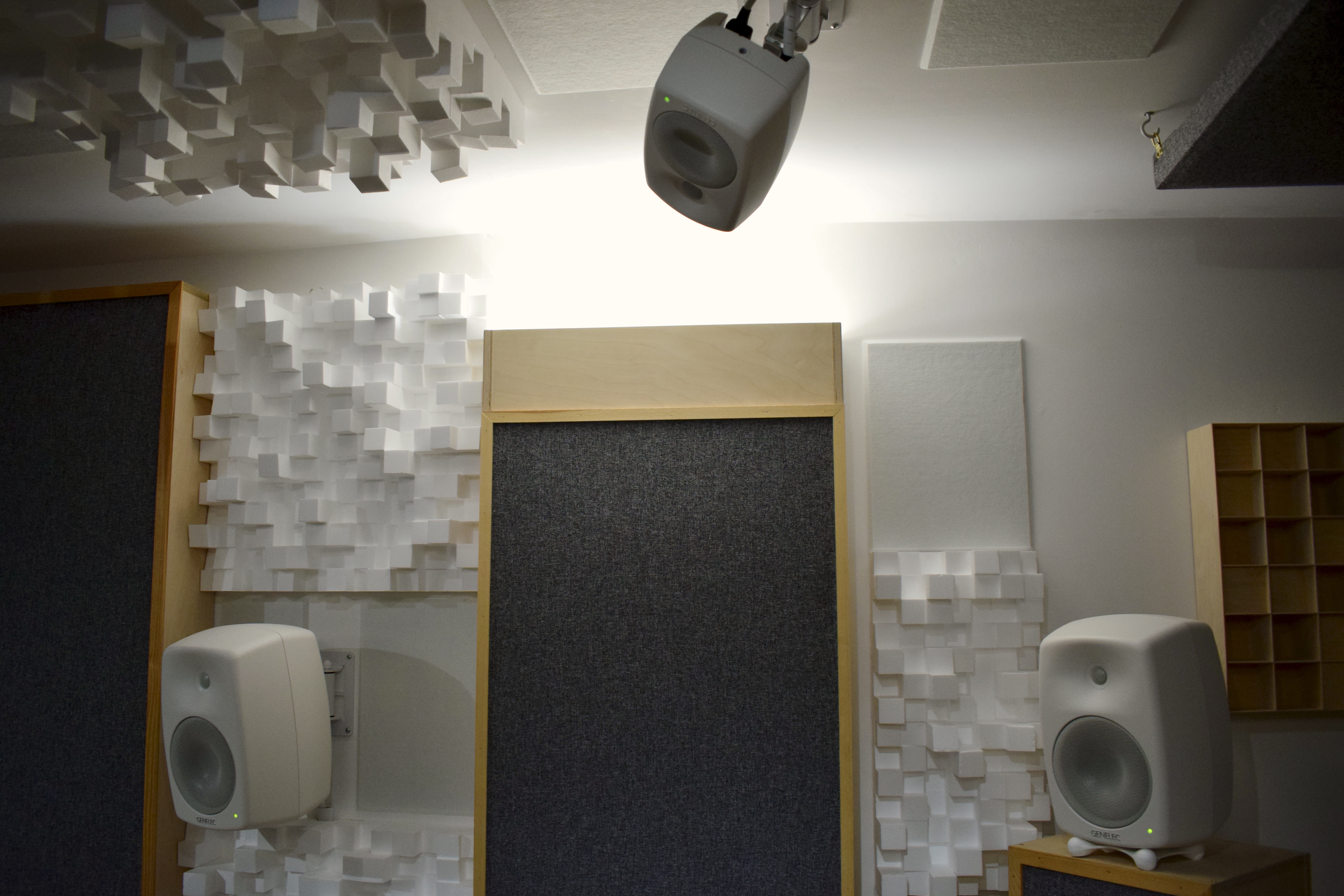
So what does all of this mean for the end users? Well first, Dolby Atmos now introduces height with ceiling speakers, so the full 3D space is a reality: planes flying over your head, birds chirping up in the trees, rain falling on top of the roof, etc. can all be achieved which was not possible before. Additionally and perhaps even more importantly, the same mix can be reproduced in multiple different systems, with different amounts of speakers and channels; in surround sound systems, home entertainment sound bars, as well as binaural renders on headphones, and everything in between. It also allows for better translation of the mix from the dubbing room to the listening room, as the system compensates for the differences of the rooms and speaker amount/placement.
What will having the Dolby Atmos system mean for SoundNode?
Dolby Atmos has now been around for a while, and it is clear that it is here to stay as we now see platforms like Netflix, Disney +, HBO Max, Apple Music, Tidal etc. all streaming content in this standard. Additionally, the Home Entertainment environment has become a very significant one for the industry and further becoming more so in the near future. We have set up our facility especially for these kinds of programs and environments, letting us and our clients produce top quality content in excellent monitoring facilities, particularly designed for their audience and their audiences’ expected listening environments.
For work on big Theatrical Dolby Atmos film mixes, the technology and our setup allows us to do all of the pre-mix work in our more competitive facilities and then easily translate that mix when taking it to the large format Dubbing Theatres for the final mix.
And finally from a creative point of view, we are now approaching the track-laying and sound designing differently and taking into account the 3rd dimension. We are thinking what comes from above, we are thinking vertically as well as width, depth, front and back. Basically, making programs more immersive and exciting for the audience with a very powerful tool to make great sounding and emotionally engaging content.
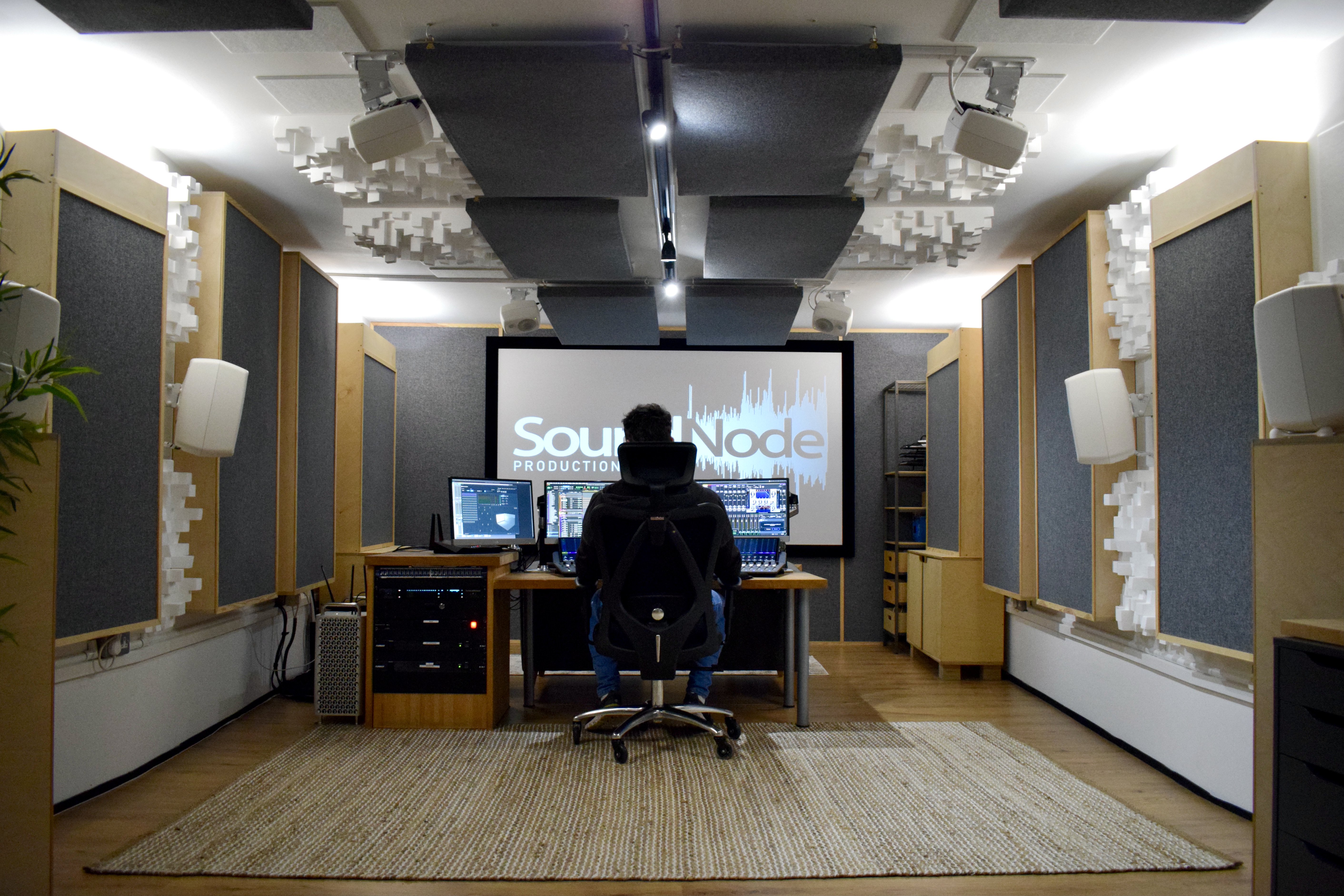
Thanks so much to SoundNode for sharing your world, and chatting with us about your exciting new set up! If you’d like to keep up to date and follow SoundNode’s journey then check out their socials on Instagram and Facebook, and also on the SoundNode Website.
At Ten87 Studios we offer long term studio hire and day hire music studios. Each recording studio is acoustically treated and sound proofed to optimise any type of audio recording and music production. We are home to a large community of musicians, producers, engineers and audio professionals working in the music industry. Our main day hire studio is a world class tracking facility equipped with the best in recording studio gear, instruments, outboard and backline. We’re based in Seven Sisters, Tottenham with easy transport links to the city centre – ideal for anyone looking for a London recording studio.
